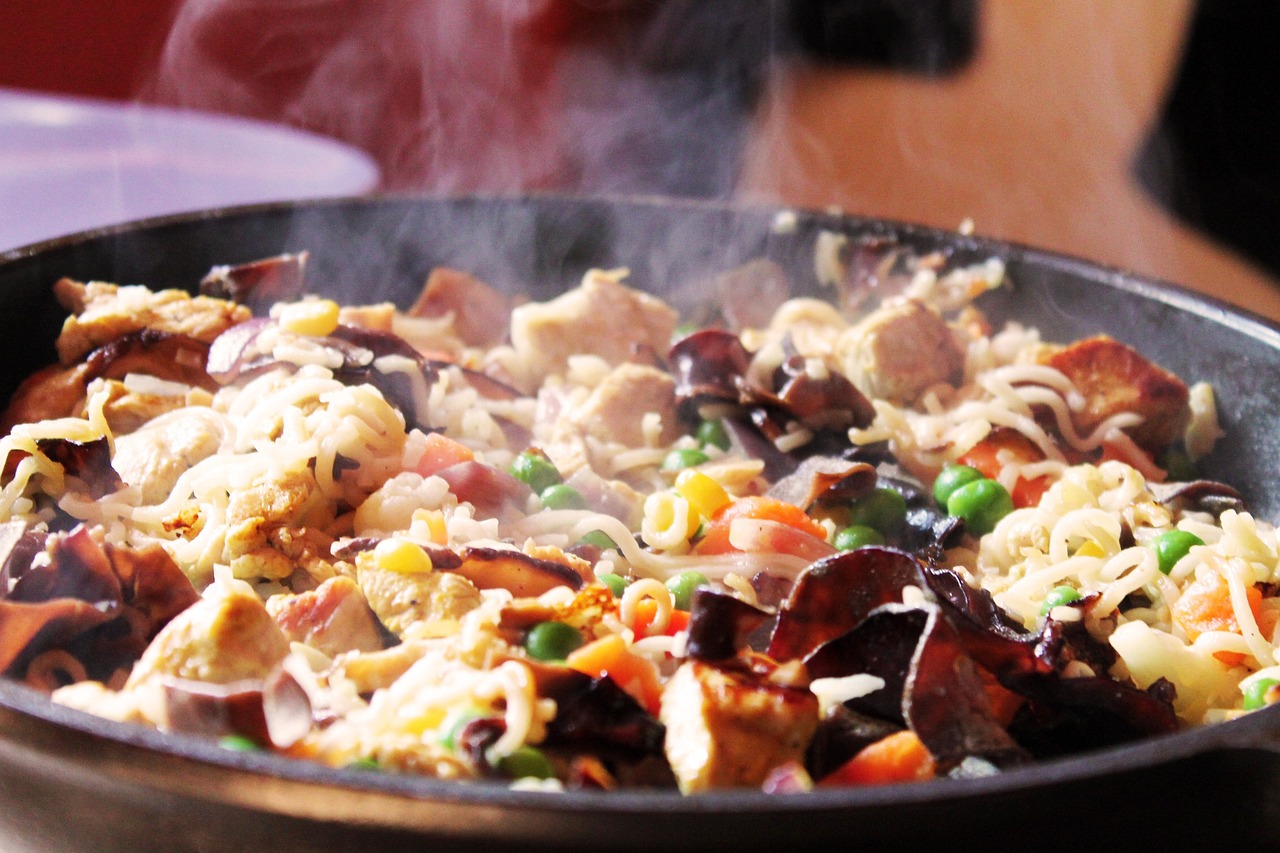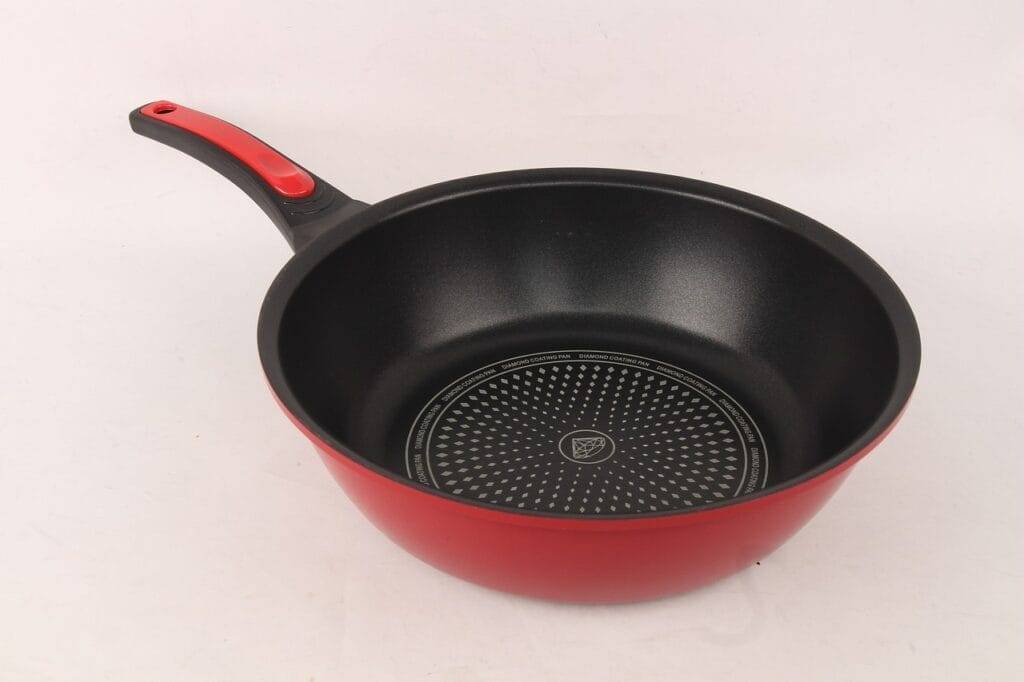Maintaining Your Non-Stick Fry Pans

Do you ever find yourself puzzled by the clingy behavior of your non-stick frying pans despite the promise of hassle-free cooking? Non-stick pans are a staple in modern kitchens for their convenience and health benefits from using less oil. However, keeping them in pristine condition might seem like a challenge. Whether you’re struggling with food sticking to the pan or finding a sticky residue even after washing, there are reasons behind these issues and effective solutions to tackle each one.
Understanding Your Non-Stick Pan
Before diving into the secrets of maintaining your non-stick fry pans, it’s essential to grasp why they are such valuable cooking tools. The core of non-stick cookware is the coating that prevents food from sticking. This coating can be made from various materials, the most common being Teflon (PTFE).
What Makes Non-Stick Pans Special?
When you use a non-stick fry pan, you’re benefiting from its ability to cook food evenly without it sticking to the bottom. This feature not only makes cooking more convenient but also simplifies cleanup, as there’s significantly less food residue left to scrub off. It’s perfect for those of you who love cooking but dislike the lengthy cleanup.
Common Challenges with Non-Stick Pans
Despite their advantages, non-stick pans can develop issues like any other kitchen tool. The surface might start sticking, or it may not seem as non-stick after several uses, especially if not maintained properly. Understanding how to care for these pans can extend their lifespan and performance.
How to Stop Non-Stick Pans from Sticking?
It’s frustrating when your non-stick pan starts sticking, isn’t it? Often, this issue can be prevented with correct use and maintenance.
Proper Usage
- Temperature control: Always cook on low to medium heat. High temperatures can damage the non-stick coating.
- Oil usage: Even though it’s non-stick, using a bit of oil can aid in preserving the coating. Opt for oils with a high smoke point to avoid damaging the pan.
- Avoid metal utensils: Use wooden or silicone utensils to prevent scratches that make the surface sticky.
Cleaning Techniques
- Let it cool: Always allow the pan to cool completely before washing it. Submerging a hot pan in cooler water can cause warping.
- Soft cleaning materials: Use a soft sponge or cloth when cleaning to avoid scratching the surface.
- Avoid harsh chemicals: Stick to mild dish soap and avoid abrasive cleaners that can wear down the non-stick coating.
Why Is My Nonstick Pan Sticky After Washing?
If you’ve noticed a sticky residue even after cleaning your pan, it might be due to the buildup of oil and food particles over time. Here’s how you can address this strange stickiness:
Regular Cleaning
Ensure you’re cleaning your pan thoroughly after every use. Sometimes food particles aren’t visible but can build up and cause a sticky film.
Deep Cleaning When Needed
If regular washing isn’t doing the trick, consider a deep clean:
- Make a mixture of water and a bit of baking soda.
- Gently simmer this mixture in the pan on low heat for about 10 minutes.
- Let the pan cool, then scrub gently with a non-abrasive sponge.
- Rinse well and dry.
By conducting this deep cleaning periodically, you can remove the stubborn layers that contribute to the stickiness of your non-stick pan.
How Do I Make My Frying Pan Non-Stick Again?
Restoring the non-stick quality of your pan can sometimes be done depending on the extent of the damage.
The Re-Seasoning Method
- Clean the pan thoroughly as per the instructions above.
- Lightly rub a cooking oil with a high smoke point over the surface using a paper towel.
- Place the pan over medium heat until it starts to smoke, then remove and let it cool.
- Wipe out any excess oil. The pan should now have regained some of its non-stick qualities.
This method won’t fix severely damaged pans, but it can help rejuvenate a pan that’s just beginning to show signs of age.
How to Keep a Nonstick Pan Non-Stick?
Maintaining the non-stick quality of your pan is all about proper care and mindful usage. Here are some habits worth adopting:
Practical Usage Tips
- Shaking: When frying or sautéing, shake the pan gently to move food around. This prevents any single spot from getting overheated.
- Use of oils and fats: Sometimes adding a slight layer of oil or butter not only helps in cooking but also protects the coating.
- Low to medium heat: Always cook on low to medium heat, and never preheat an empty pan.
Cleaning Habits
- Immediate cleaning: Wash the pan shortly after use to prevent any buildup.
- Soft tools: Always opt for softer cleaning tools to keep the surface scratch-free.
- No dishwasher: Even if a pan is labeled dishwasher safe, hand washing is gentler and more conducive to longevity.
Storage
- Hanging the pans or using pan protectors can prevent them from getting scratched up in storage. Placing something soft like a napkin or towel between them if stacking can also help.
By incorporating these practices into your routine, your non-stick fry pans should continue to serve you well, making cooking and cleanup as easy as intended. Preventing damage before it happens, understanding proper usage, regular cleaning, and occasionally re-seasoning your pan can all contribute significantly to the longevity and effectiveness of your non-stick cookware.
By treating your non-stick pans with a little tender loving care, they’ll continue to make your culinary adventures enjoyable and stress-free!


Leave a Reply